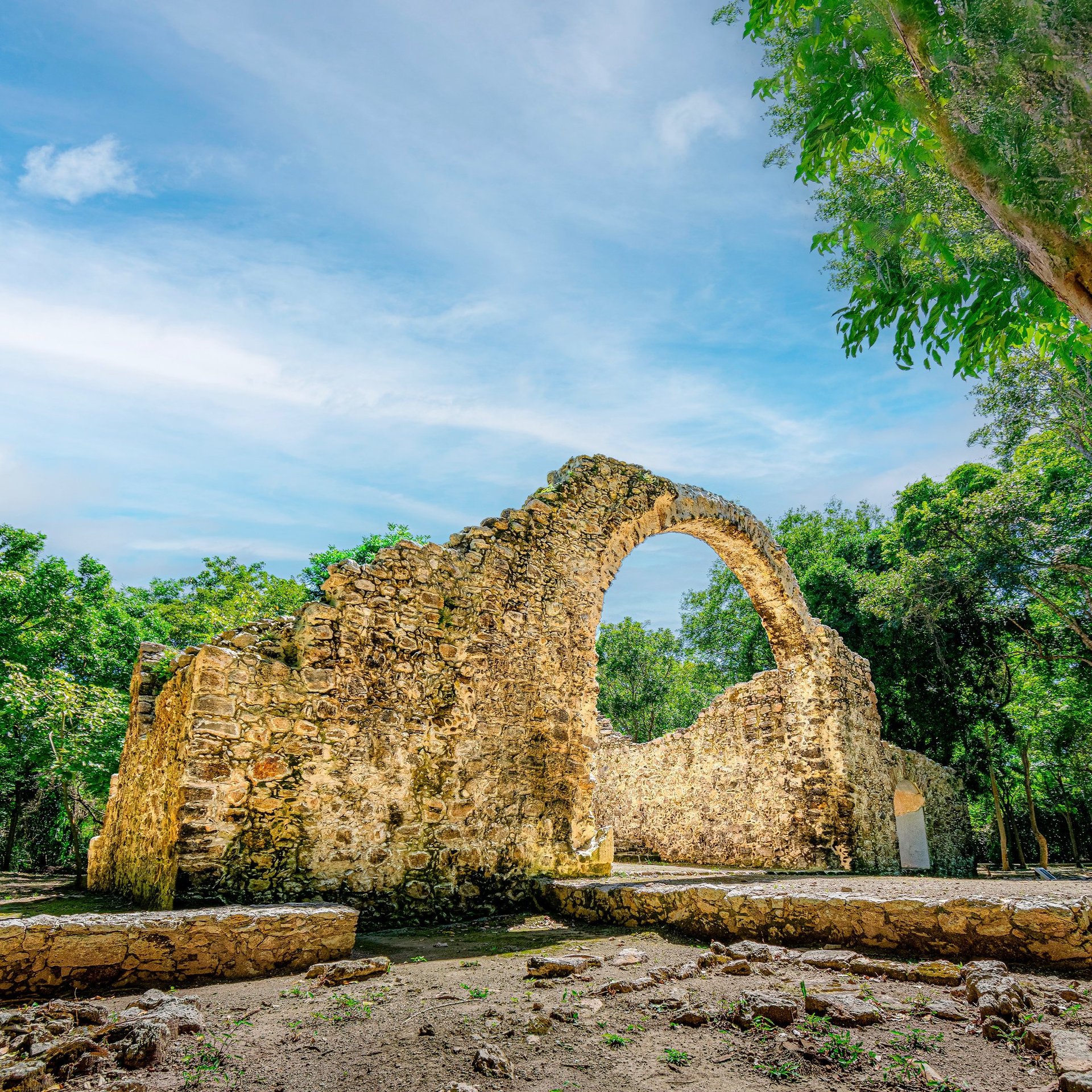
Archaeological Zones
D I S C O V E R
Discover
your Roots
Enjoy a rich historical past and a strong connection with the mayan culture through beautiful archaeological zones in the heart of a lush tropical jungle.

Oxtankah
D I S C O V E R

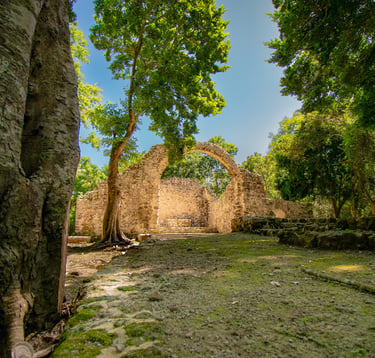
History
It is the largest and most important pre-Hispanic city that has been discovered in the Chetumal Bay.
The first Mayan groups established their residence in Oxtankah around 600 B.C., remaining there until 1100 A.D. In that time frame, three moments of high population density occurred: Late Preclassic (300-50 B.C.), Early Classic (250-600 A.D.), and Late-Terminal Classic (600-900 A.D.).
The maximum prosperity of its socio-political system was reached during the Early Classic, when the ruling groups of Oxtankah acted as rectors of the surrounding populations, reflecting their power even in the architecture. At that time, several buildings were notoriously expanded, doubling their original proportions; the extension of the city surpassed the limits of the coast, incorporating the island of Tamalcab.
The nuclear area of the settlement comprised at least ten plazas and two sunken patios delimited by buildings, more than thirty isolated structures, and a cenote.
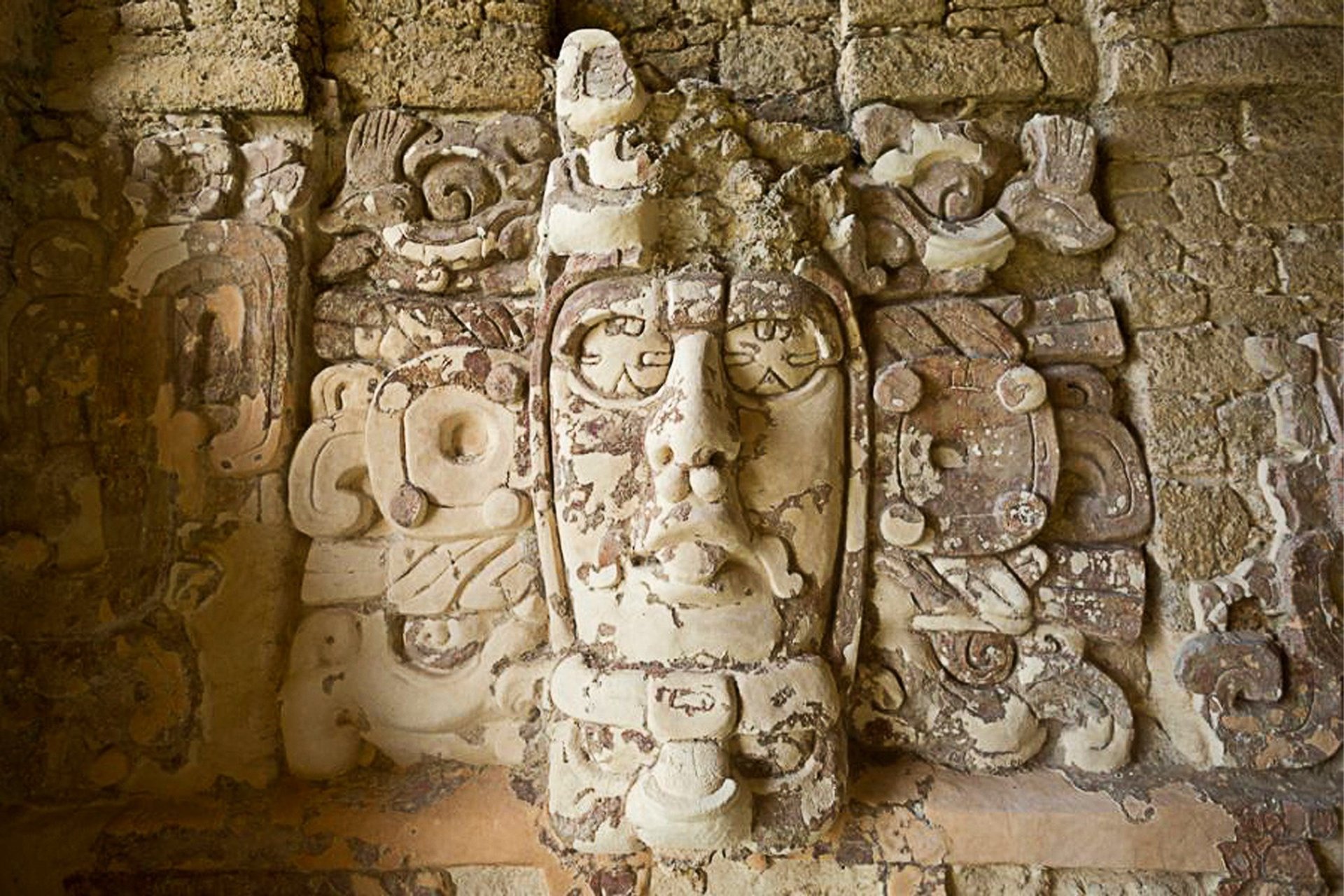
Kohunlich
D I S C O V E R
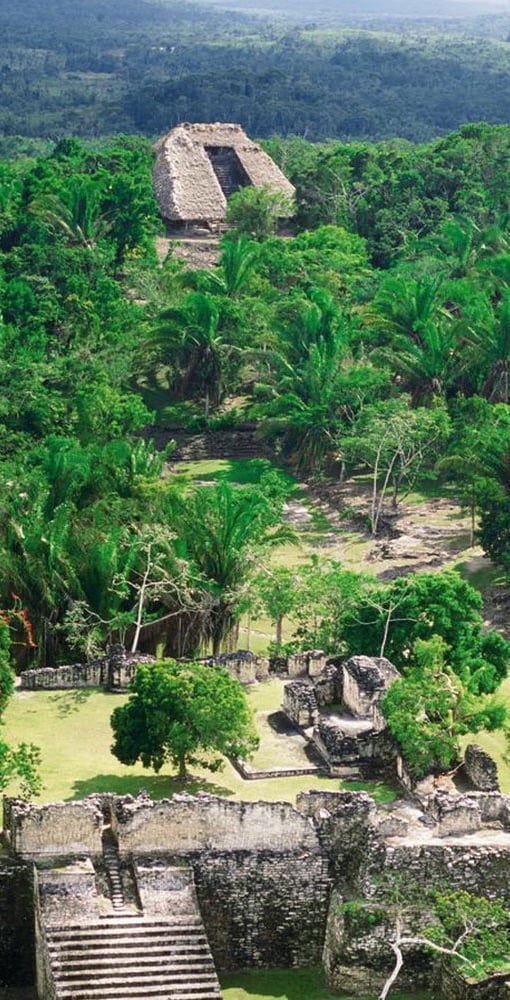

Historical
past
The settlement is located in an area where a flat landscape with underground drainage and a hilly area with hills, small ravines, and waterholes coexist. It is made up of housing units and civic and ceremonial architectural complexes, surrounded by fertile lands for cultivation, located in an area of 14 km2.
The first occupation of Kohunlich is located in the Late Preclassic (300 B.C. - 250 A.D.), a stage in which low-height platforms were built around the Ya'axná Plaza, buildings that in the Early Classic were covered by monumental buildings. During this period, the Temple of the Masks was erected, decorated with eight figures molded in stucco with polychrome, in red and black colors, on masonry frames, of which only five are preserved. Its iconography represents real characters, adorned with attributes related to the sun.
During the Late Classic (600-900 A.D.), Kohunlich reached its maximum population, a period in which most of the structures that can be seen today were built, such as the Plaza of the Stelae and the Conjunto de las Vías (civic-ceremonial complexes), the Northwest Complex, the late structures of the Pixa'an Complex and the Conjunto de Los 27 Escalones (both, elite residential complexes).
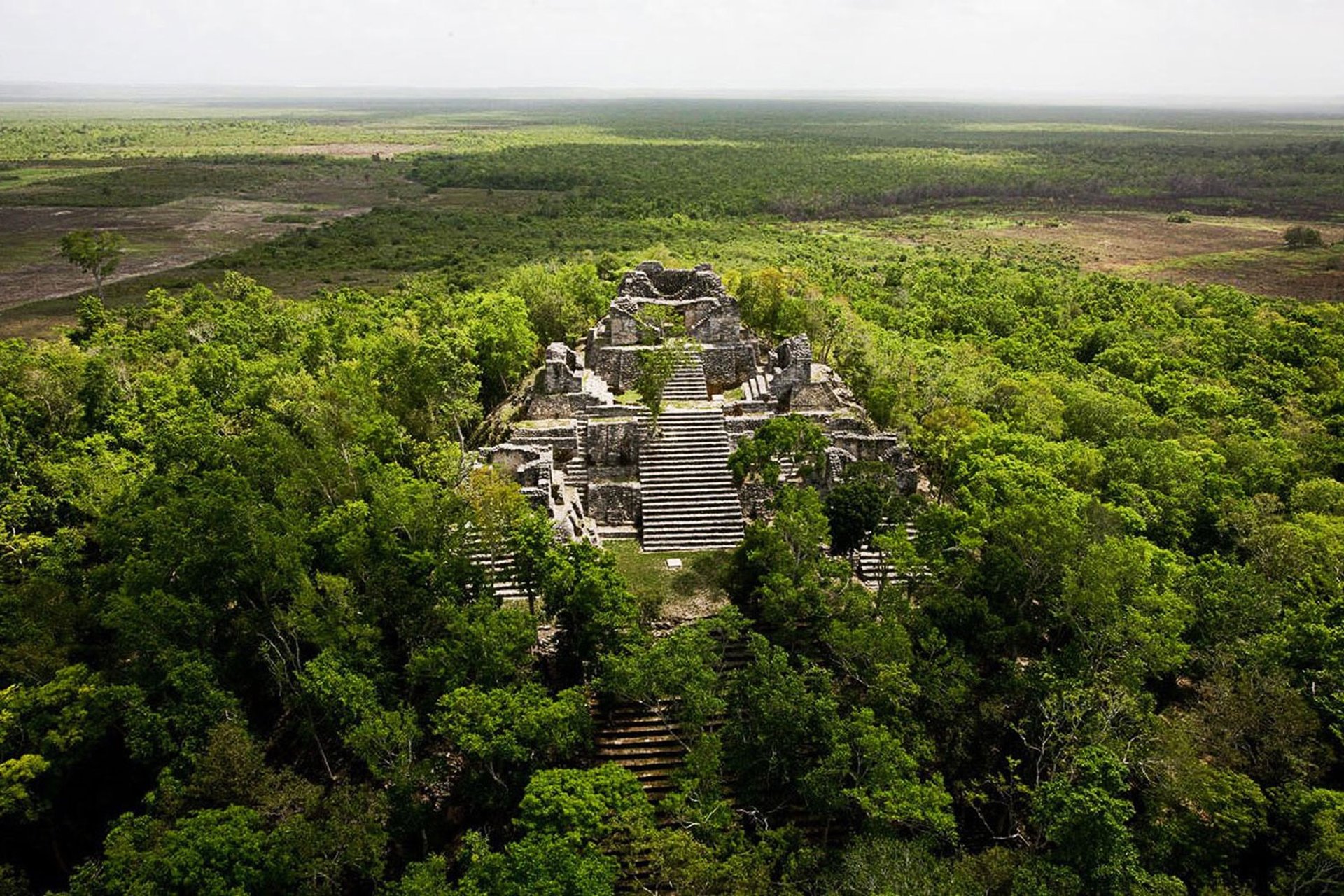
Dzibanché-Kinichná
D I S C O V E R
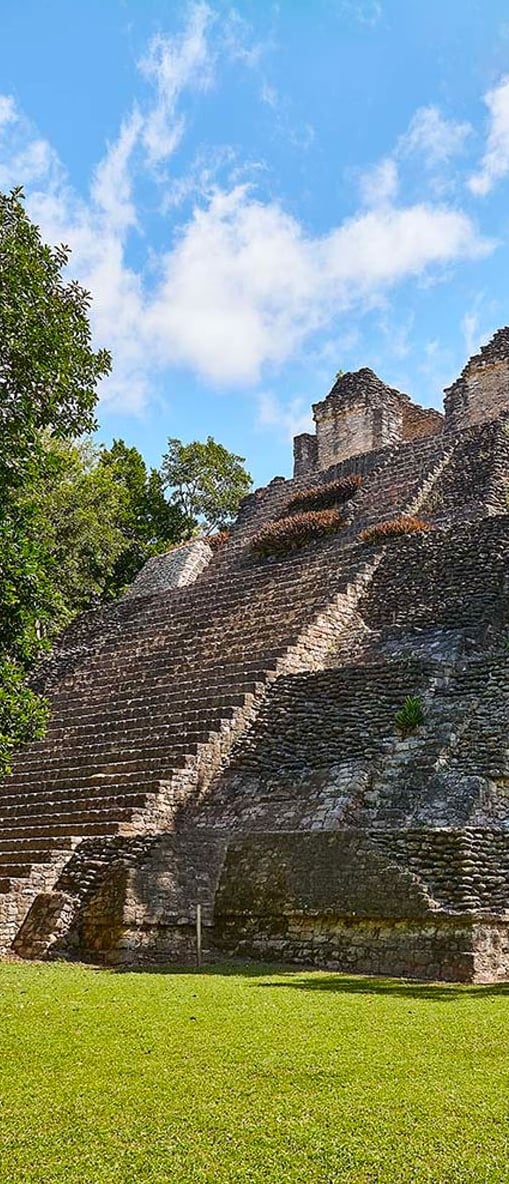

Majestic
The Dzibanché - Kinichná complex is located in a transition zone between the low jungle of the north of the Yucatan Peninsula and the tropical rainforest of the Petén. The settlement occupies an area of more than 40 km2 and is made up of four groups of monumental architecture: Dzibanché or Main Group, Central Complex or Lamay Group, Tutil and Kinichná, groups that had specific functions, interconnected by sacbés or white Mayan roads.
In the architecture of the site, it is possible to observe the Petén style, a style that was replaced in the mid-Classic (approx. 600 A.D.), by temples with facades decorated with paired pilasters, very high vaults with double development with tensors at the ends of its narrow galleries and basements with bodies decorated with slope - tablero, characteristics belonging to a local style, associated with the Kaan dynasty, which was established on the site during the Early Classic. The existence of hieroglyphic texts engraved on the monuments of the staircase of the Temple of the Captives and findings of sumptuous offerings in funerary chambers, denote that Dzibanché was involved in the conquest of several towns, war conquests carried out by several rulers of the Kaan family, for more than two centuries. The occupation sequence of Dzibanché has its beginnings in the Late Preclassic (300 B.C.), and the settlement reached its population climax in the Classic (400-700), whose population lasted until the Late Postclassic (1500 A.D.).
In the Main Group, the main buildings are Temples I (or Temple of the Owl) and Temple II (or Temple of the Cormorants), located in the Xibalbá Plaza; and the Buildings of the Captives and the Toucans, located in the Gann Plaza.







